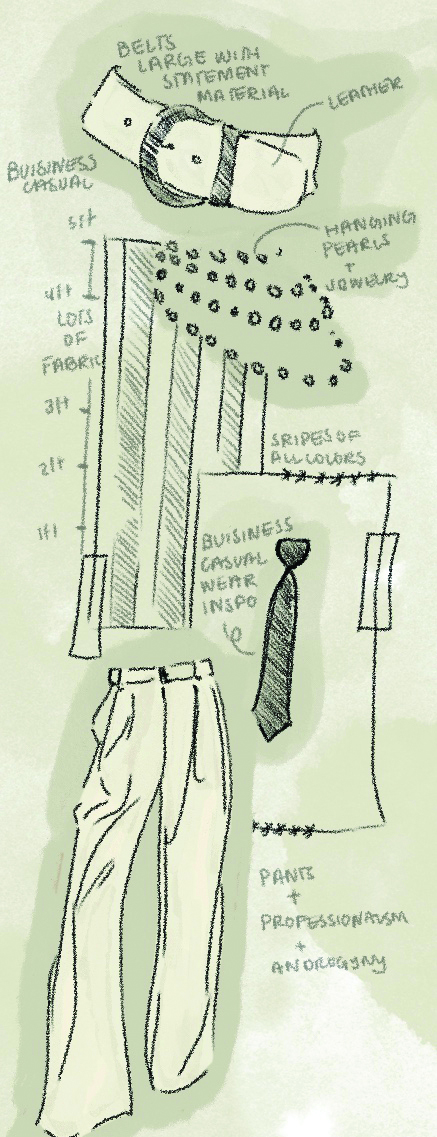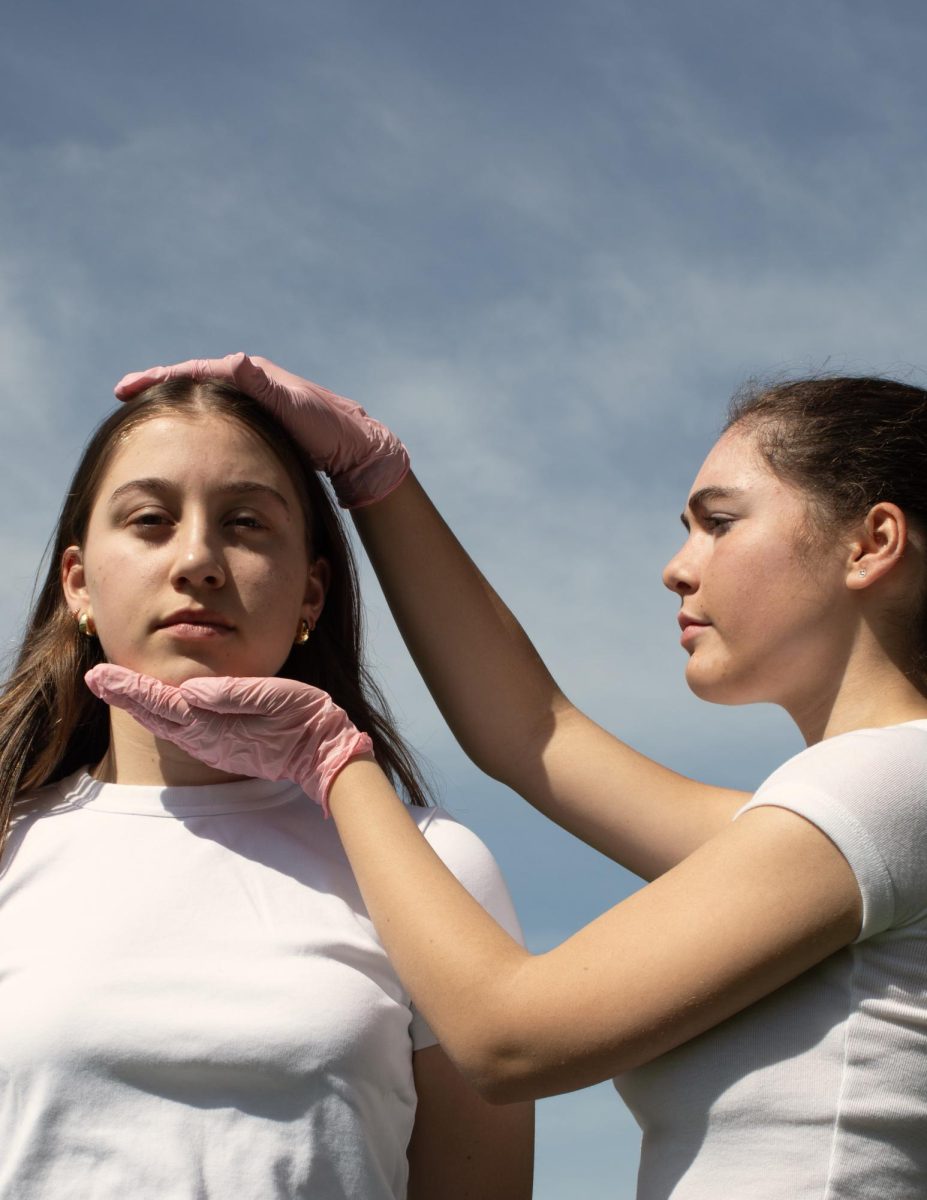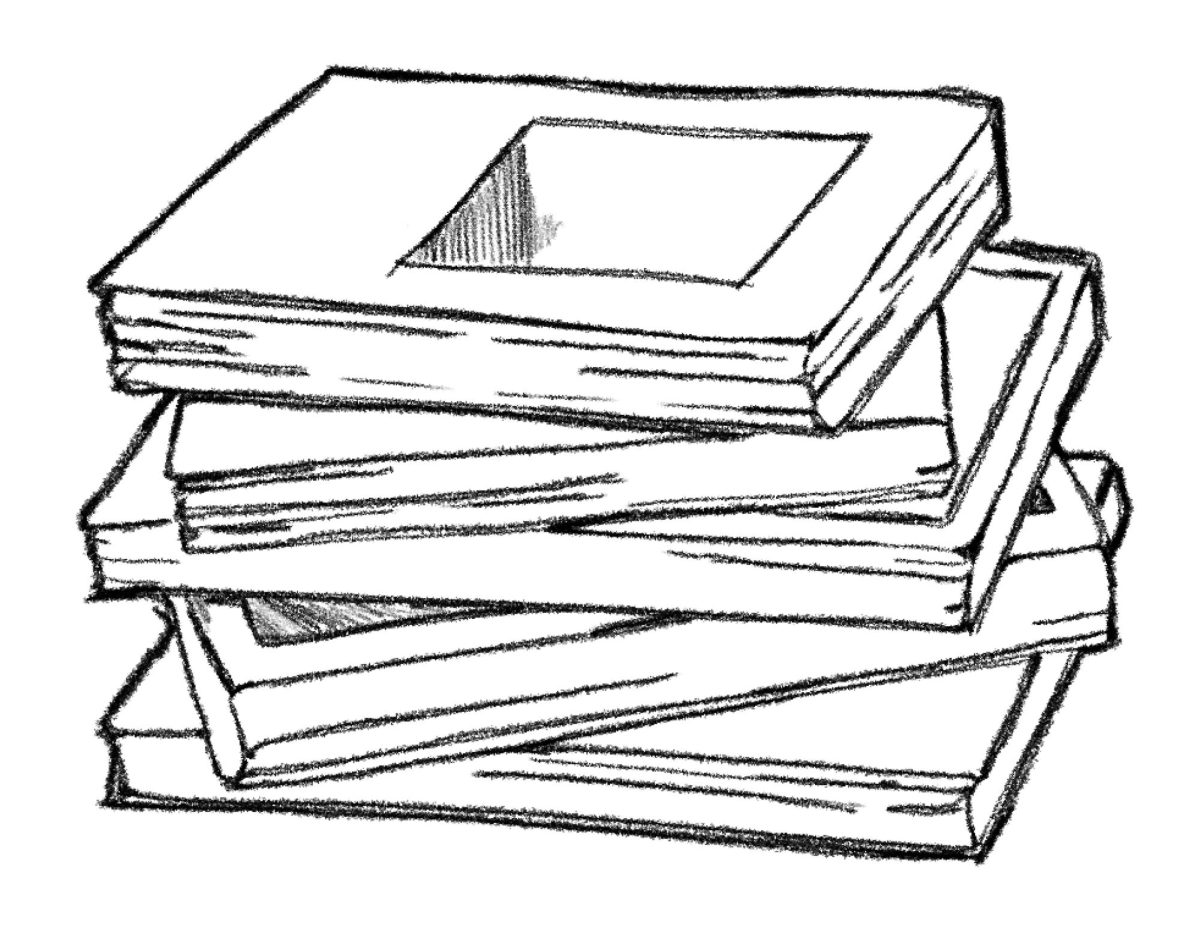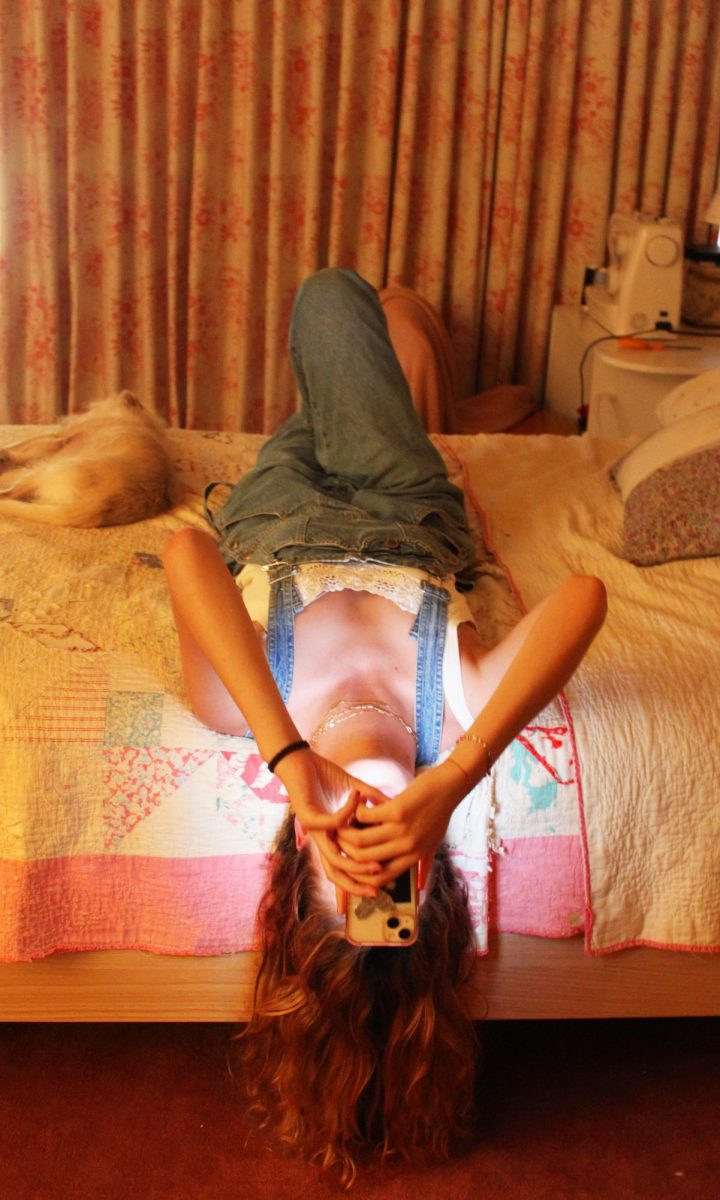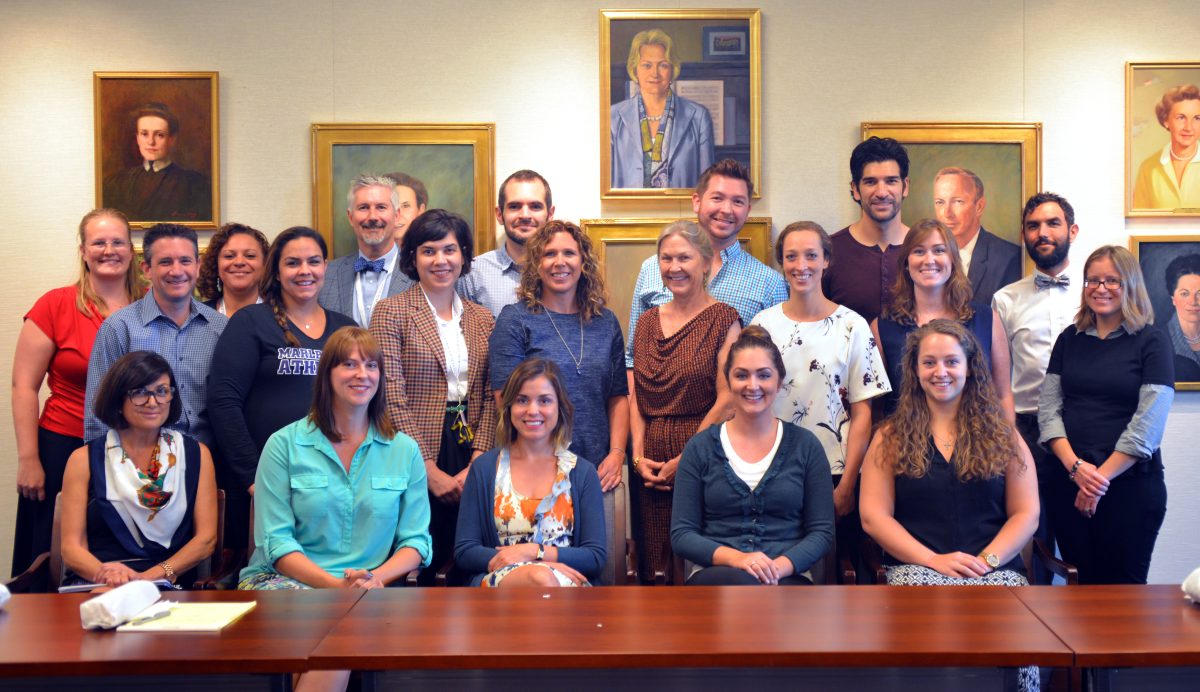
When Earl of Elgin Thomas Bruce traveled to Greece in 1812, he removed pieces of the Parthenon, a classical Greek temple built in 438 BC, and took them back to England. These pieces, known as the Elgin Marbles, have been on display at the British Museum ever since. John Keats’ poem “On Seeing the Elgin Marbles for the First Time,” describes in detail one of the first documented acts of “stealing” art.
When polled by Ipsos MORI, a survey organization in England, 40% of people in 1998 were in favor of returning the Elgin marbles to Greece, numbers that remained unchanged in a similar poll from 2002. The question of where these marbles belong remains unresolved today.
Down the hall from the Elgin Marbles at the British Museum you can find the Rosetta Stone, an ancient Egyptian stone with a decree inscribed in hieroglyphics, Egyptian demotic script and ancient Greek text. The stone provided 19th century European archaeologists the key to decoding hieroglyphics.
But Dr. Zahi Hawass, head of the Supreme Council of Antiquities of Egypt, has had enough. According to Hawass, the Rosetta Stone originated in Egypt and is an essential part of Egyptian heritage and identity.
Since 2003, Hawass has personally been leading a movement to return all Egyptian artifacts back to Egypt, though some argue Hawass is merely looking for publicity. According to one blogger, “Hawass’ ability to enthrall an audience ranks with an Egyptian flute player’s skill at charming a cobra.”
Regardless of his intentions, Hawass is making sure that all Egyptian art is back where he says it belongs. Although he has not formally filed lawsuits because he says American courts are too expensive, Hawass has publicly and repeatedly asked for the artifacts back.
Hawass’ desires may represent the beginning of a new movement of art ownership, or perhaps a wish that will never come true.
Even after complaints about “stolen” art have been filed, museums do not necessarily respond quickly, or sometimes even at all, making the return of all artwork taken by colonial powers over the past few centuries difficult from a practical and legal standpoint. While curators and museum-goers claim they have the art’s safety in mind, the descendants of the art’s creators maintain a firm belief that the artifacts are rightfully theirs. So where does ancient art really belong?
Controversy brews
Parsegh Kartalian, the Egypt-born former Director of the Armenian General Benevolent Union, an international organization with operations in Egypt, believes that no museum has the right to possess another country’s ancient art.
“These national treasures belong to the countries of their people. Those people have created the art, and no one has the right to take that away from them,” he said.
This is the same view that Hawass has on the matter. “These are Egyptian monuments,” Hawass told BusinessWeek in January of 2010. “I will make life miserable for anyone who keeps them.”
However, after many centuries of certain pieces being displayed in the museums of the Western world, some wonder whether it’s even worth giving them back at this point.
“Some pieces have been in a place for so long. You can’t just move the Mona Lisa,” said Ashley ’11, an AP Art History student.
When asked to comment on the Elgin marbles in 2003, British Museum Director Neil MacGregor told U.S. News, “The world benefits by being able to see and understand the serving sculptures in two different contexts: as an achievement of ancient Greek culture in Athens, and of world culture in London.”
The Los Angeles County Museum of Art (LACMA) has a vast collection of Egyptian art. When asked to comment on how she feels about returning ancient art to its country of origin, Vice President of Communications at LACMA Barbara Pflaumer said she is “not of a single mind.”
Though giving the art back would solve the ethical question of past looting, Pflaumer said such a move would be a great loss for people who enjoy visiting these museums and seeing a wide variety of art.
“If this happens, then we’re all going to end up with only American art in American museums. I think it would be a devastating blow to museums all over the world,” Pflaumer said.
Dr. Joseph Kechichian, Adjunct Professor of U.S.-Middle East Relations at Pepperdine University and Honorary Consul of the Sultanate of Oman in Los Angeles, agrees that giving all of the pieces back might change how museums work but would not eliminate the possibility of seeing the art altogether.
“People are welcome to see it,” Kechichian said, “in Egypt.”
Caring for the art
According to Kartalian, even if the government at the time gave the okay to remove a piece of artwork from its original location, force and imperialism may have been contributing factors. When most ancient art was taken, many of the countries of origin were colonies of Western powers and thus not controlled by the people who considered this art their heritage.
Now the Egyptian people are in power in Egypt and want to handle their own art.
One argument frequently made in favor of art “looters” like Elgin is that the homeland is not able to properly handle and store the fragile pieces, and therefore are better off with their “temporary” owners. Museums that house so-called “stolen” art have restored the pieces and made sure they are safe, and are likely to continue doing so. The British Museum has cared for the Rosetta Stone and the Elgin Marbles since they were originally acquired.
However, some claim acts of restoration that took place before the late 20th century actually did more damage than good to the art.
“Poor Tutankhamen,” said Lu Wenneker, Marlborough AP Art History instructor. “He’s been handled and mishandled, and while the things that were found in his tomb were simply glorious, why can’t we just leave him alone?”
Though Egypt is desperately trying to prove itself capable, world-renowned museums still surpass it.
“If I could care for an artifact with the same care as the British Museum, then I would,” Kartalian said.
But even with the new state of the art Royal Mummy Room in the Museum of Egyptian Antiquities in Cairo and plans to build another large museum in Egypt in the near future, Egypt is still not considered to be the greatest place to house all this ancient artwork.
“Egypt can hardly take care of what they have now. Even with the new museum, you couldn’t put everything spread all over the world there,” Wenneker said.
Although well-known museums may have more advanced technology to protect artwork, things could change soon and many are hopeful that countries of origin will eventually be capable of taking care of their own artifacts.
“Just because the Getty has the means to care for certain art now doesn’t mean that other countries won’t be able to do the same in the future,” Kechichian said.
Precedent of Aphrodite
The seven and a half foot tall marble statue of Aphrodite arrived in Los Angeles in December of 1987. This past December it was returned to Italy, its country of origin.
Although it seems simple that the art piece was given back, the long process leading up to the return proves that it will most likely not be a common procedure. The Aphrodite statue was part of a complicated legal agreement the J. Paul Getty Museum made with the Minister of Culture in Italy back in 2007 involving the return of 40 objects, including the statue. All of the other objects were returned almost immediately, while Aphrodite took almost four years to be properly packaged and shipped back to Italy.
But this restitution is not the norm. Since the statue was purchased by Marion True, the former curator of antiquities at the Getty who was found guilty of trafficking illicit artwork, the museum felt more obliged to give the pieces back.
“There is a legacy in the art world that if it has been proven that a piece of art was stolen, it must be returned to its original owners,” said Kechichian.
But absolute proof that ancient art was stolen a hundred or more years ago is difficult to come by. Unless a work of art is given as a loan, the question of where it belongs remains between the two countries involved.
Nancy Thomas, Deputy Director for Curatorial Administration at LACMA, said each case is not the same, and Hawass’ idea of returning all Egyptian art would take years to accomplish, if it even gets accomplished at all.
“Dr. Hawass has different issues with different countries. It’s hard to be specific because there are so many contributing factors to each case,” she said. “There may be legitimate claims in the future, but as of now, each claim is different.”
Experts disagree, though, about the likeliness of legal action being effective in forcing museums to return artwork.
“Legally speaking, the chances are very good that a case will be made that these pieces will have to be returned,” Kechichian said.
However, there is a realistic side to the issue as well. Though it is easy to think that transporting art back to its homeland is a simple transaction, doing so would stir up more conflict and could damage the artifacts.
“Philosophically, the art belongs to the country, but there is the practical side to it as well,” Kartalian said.
Though Egyptian art has been scattered across the world for centuries, Hawass’ brazen calls for all of it to be returned are changing not only the way museums acquire art but also what people view as their own.
“Egyptian art is so rich and there is so much of it that one can make the argument that when you have 100,000 sarcophagi out there, they all don’t have to be in Egypt,” Kechichian said.






